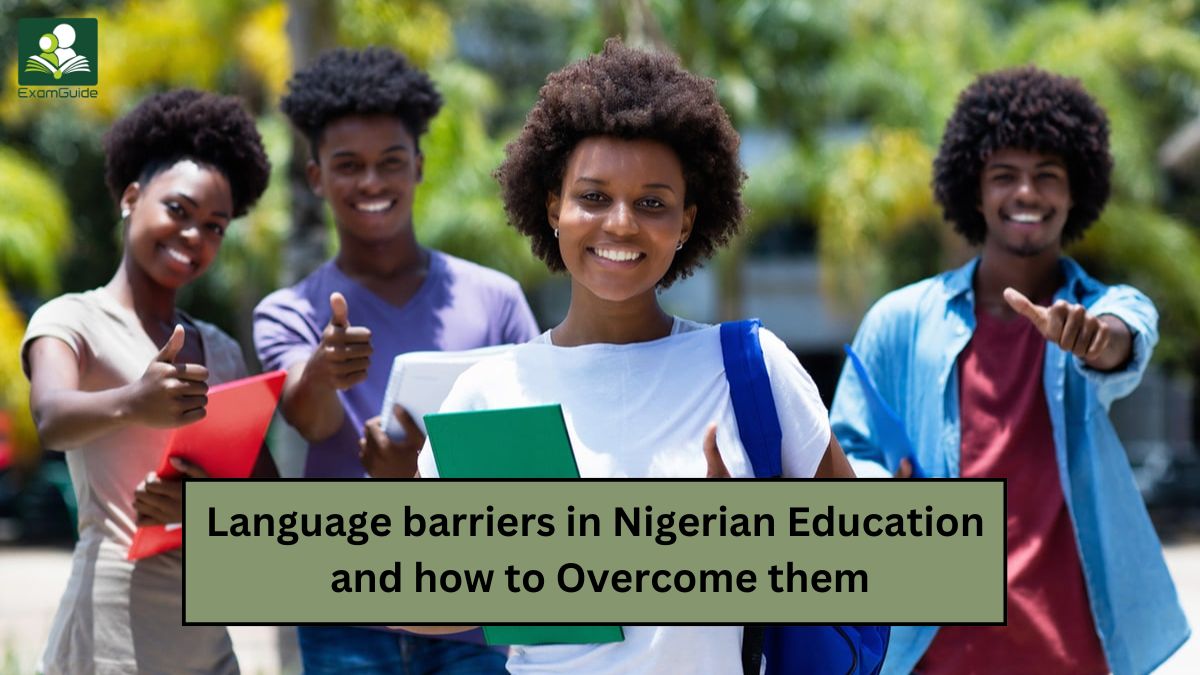
Language barriers in Nigerian Education and how to Overcome them
Nigeria is a linguistically diverse country with over 500 languages spoken across its regions. While this diversity is a rich part of the nation's culture, it poses significant challenges within the educational system.
Language barriers can impede learning, affect academic performance, and limit students' ability to fully engage in their education. This article explores the impact of language barriers in Nigerian education and practical solutions to overcome them.
Table of Content
Understanding Language Barriers in Nigerian Education
Factors Contributing to Language Barriers
Impact of Language Barriers on Students
Strategies for Overcoming Language Barriers
Examples of Successful Implementation
Why is bilingual education effective?
Are there policies supporting the use of indigenous languages in Nigerian schools?
How can students improve their English proficiency?
Understanding Language Barriers in Nigerian Education
Language barriers in education occur when there is a gap between the language spoken by the teacher and the languages that students understand or speak at home. In Nigeria, the primary language of instruction in most schools is English, which may not be the first language for many students. This discrepancy can lead to several challenges:
- Difficulty in Comprehension: Students who are not fluent in English may struggle to understand lessons, follow instructions, and express their thoughts during class activities.
- Reduced Participation: A lack of language proficiency can lead to lower confidence, making students less likely to participate in discussions or ask questions.
- Academic Performance: Language barriers can lead to lower grades and higher dropout rates, as students may find it difficult to keep up with the curriculum.
Factors Contributing to Language Barriers
Several factors exacerbate language barriers in Nigerian education:
- Multilingual Society: Nigeria’s diverse linguistic landscape means students come from different language backgrounds, often with limited exposure to English before starting school.
- Teacher Proficiency: In some cases, teachers may also have limited proficiency in English, which can affect the quality of instruction.
- Inadequate Resources: Limited access to learning materials in native languages can make it harder for students to bridge the language gap.
- Educational Policies: While there are policies that emphasize the use of indigenous languages in early education, the transition to English as the medium of instruction can be abrupt and challenging for students.
Impact of Language Barriers on Students
The consequences of language barriers in education are far-reaching:
- Learning Delays: Students who do not have a strong grasp of English often fall behind their peers, leading to learning gaps that are difficult to close.
- Psychological Effects: The frustration of not understanding lessons can result in anxiety, reduced self-esteem, and a lack of motivation.
- Dropout Rates: In extreme cases, students may become so discouraged that they drop out of school altogether.
Strategies for Overcoming Language Barriers
Addressing language barriers in Nigerian education requires a multi-faceted approach that involves teachers, schools, policymakers, and parents. Here are some effective strategies:
Bilingual Education Programs
Introducing bilingual education programs where students are taught in both their native language and English can ease the transition to English-only instruction. This approach helps students build foundational knowledge in their first language, which they can later apply to learning English.
Teacher Training
Providing teachers with training on how to teach in a linguistically diverse classroom is essential. Training can include:
- Use of Simplified English: Teachers can learn how to use simple and clear language in instruction.
- Incorporating Visual Aids: Visual aids such as charts, diagrams, and videos can help convey concepts that might be difficult to explain with words alone.
- Multilingual Teaching Techniques: Teachers can be trained to incorporate some elements of local languages to bridge understanding.
Use of Technology and Language Apps
Technology can play a significant role in overcoming language barriers. Language learning apps and translation tools can help students learn English at their own pace. Additionally, e-learning platforms that support multiple languages can provide an inclusive learning experience.
Parental Involvement
Parents can support their children's language learning by encouraging the use of English at home, providing additional learning resources, and participating in school activities to stay informed about their child's progress.
Transitional Language Programs
Schools can adopt transitional language programs where students gradually move from learning in their native language to learning in English. This step-by-step approach prevents the shock of immediate full immersion and helps students develop language skills at a manageable pace.
Examples of Successful Implementation
Some schools and regions in Nigeria have implemented programs that show how effective these strategies can be:
- Pilot Bilingual Schools: Certain regions have experimented with teaching both in English and the local language, leading to better comprehension and higher student engagement.
- Language Workshops: Workshops and extra-curricular language programs help students improve their English skills outside the regular curriculum.
Why is bilingual education effective?
Bilingual education is effective for several reasons, especially in a diverse linguistic and cultural setting like Nigeria. Here’s why it works:
- Cognitive Benefits: Bilingual education enhances cognitive development. Students who learn in two languages often demonstrate better problem-solving skills, creativity, and critical thinking. They are also adept at multitasking and show increased cognitive flexibility.
- Improved Academic Performance: Learning in a familiar language helps students understand new concepts more easily. When students receive initial education in their native language, they build a stronger foundation for learning other subjects. This approach boosts overall academic performance as students are not hindered by language barriers while grasping new material.
- Enhanced Language Skills: Bilingual education allows students to develop proficiency in both their native language and a second language (such as English). This dual-language skill set improves communication abilities, which can be beneficial in academic and social settings.
- Cultural Identity and Self-Esteem: Education that incorporates a student’s native language reinforces their cultural identity and sense of belonging. It helps them value their heritage, which in turn boosts self-esteem and fosters a positive attitude toward learning.
- Smoother Transition to Second Language: By starting education in a familiar language, students build confidence and a strong educational base. They can later transition more smoothly to learning in a second language, as they already have solid literacy and comprehension skills.
- Better Engagement and Participation: Students are more likely to participate actively in class discussions and activities when they understand the language of instruction. This increased engagement can lead to a more dynamic learning experience and improved academic outcomes.
- Bridge Between Home and School: Bilingual education creates a link between a child’s home environment and school. When schools use the mother tongue or a language familiar to the community, parents and family members are more inclined to support educational efforts, leading to better collaboration between home and school.
- Preservation of Language and Culture: Bilingual education helps preserve indigenous languages and cultures. By integrating native languages into the curriculum, students are encouraged to maintain their linguistic heritage, contributing to cultural diversity and preventing the loss of local languages.
- Social and Economic Advantages: Being bilingual provides advantages in the global job market and social interactions. Students with bilingual skills can adapt to different cultural settings and communicate effectively with a broader range of people, making them more competitive and capable in various professional fields.
- Foundation for Lifelong Learning: Bilingual education equips students with the tools needed for continuous learning. It strengthens the mental processes required to learn additional languages and new skills, fostering adaptability and resilience throughout life.
Are there policies supporting the use of indigenous languages in Nigerian schools?
Yes, there are policies in Nigeria that support the use of indigenous languages in schools, recognizing their importance in early education and cultural preservation. Here are the key aspects:
- National Policy on Education (NPE): Nigeria’s National Policy on Education advocates for the use of the mother tongue or the language of the immediate community as the medium of instruction in the early years of primary education. This policy emphasizes the value of teaching in a language familiar to students to promote better comprehension and foundational learning.
- Cultural and Linguistic Preservation: The NPE aims to ensure that children maintain a connection to their cultural identity and heritage through language. The policy supports the idea that learning in indigenous languages helps students develop cognitive skills and a stronger grasp of new concepts.
- Transitional Bilingual Education: While indigenous languages are used in the initial stages of primary education, English is gradually introduced as the language of instruction from later primary levels onward. This transitional approach helps students ease into English while still having a solid foundation in their native language.
- Local Government and State Initiatives: Some Nigerian states and local governments implement the national policy differently, with varying degrees of emphasis on indigenous language use. In certain regions, local languages are included in the curriculum as subjects, reinforcing literacy and proficiency.
- Language in JAMB and WAEC Exams: Although major national exams like WAEC and JAMB are primarily conducted in English, there is a recognition of the importance of indigenous languages. Nigerian languages such as Yoruba, Igbo, and Hausa are offered as subjects in these examinations to promote language study and appreciation.
- Challenges in Implementation: Despite these supportive policies, the consistent use of indigenous languages in education faces challenges. These include a shortage of qualified teachers fluent in both English and local languages, limited resources for producing educational materials in indigenous languages, and societal preference for English as the medium of instruction for perceived better opportunities.
- Recent Initiatives: There have been efforts to revitalize the use of local languages through educational programs and policies that aim to train teachers, develop bilingual resources, and integrate more indigenous language instruction in early schooling.
How can students improve their English proficiency?
Students can improve their English proficiency by adopting several effective strategies:
- Consistent Practice: Engage in daily practice through reading, writing, listening, and speaking. This can include reading books, articles, and newspapers in English, or writing short essays and journal entries.
- Use Language Learning Apps: Utilize apps such as Duolingo, Babbel, or BBC Learning English to practice vocabulary, grammar, and pronunciation. These tools offer interactive lessons and exercises.
- Watch English Media: Watching English-language movies, TV shows, and documentaries can help students learn pronunciation, sentence structure, and idiomatic expressions. Turning on subtitles can enhance comprehension.
- Participate in Conversations: Join language clubs, engage in conversations with friends or teachers, or participate in language exchange programs. Speaking regularly helps build confidence and fluency.
- Practice with Audio Resources: Listening to English podcasts, audiobooks, or language learning CDs can improve listening skills and pronunciation.
- Engage in Public Speaking: Participate in school debates, presentations, or storytelling sessions. Public speaking helps with clarity, fluency, and confidence in using the language.
- Seek Guidance from Teachers and Tutors: Teachers or private tutors can provide personalized feedback and help students focus on areas that need improvement.
- Use Bilingual Resources: For students who are more comfortable with their native language, using bilingual dictionaries or translated versions of English texts can help bridge the understanding.
- Join Online Courses: Enroll in online English language courses or workshops that focus on grammar, writing skills, or conversational English.
- Practice Grammar and Vocabulary: Regularly study grammar rules and expand vocabulary by learning new words daily and using them in sentences.
- Take Practice Tests: Engage with mock tests or English practice papers to identify strengths and areas that need more focus, especially for exams like WAEC or JAMB.
Conclusion
Overcoming language barriers in Nigerian education is vital for ensuring equal opportunities for all students, regardless of their linguistic background. By adopting bilingual education, providing teacher training, leveraging technology, and involving parents, Nigeria can create a more inclusive educational environment where all students can thrive.
Ensuring that students have the language skills needed to succeed academically can contribute to better outcomes and a more educated, empowered generation.
Frequently Asked Questions
What role do parents play in overcoming language barriers?
Answer: Parents can support their children by encouraging English conversations at home, helping with homework, and providing English-language learning materials.
What are the main challenges teachers face when dealing with language barriers in the classroom?
Answer: Teachers may struggle with their own proficiency in English, a lack of resources to teach students from diverse linguistic backgrounds, and the challenge of making lessons comprehensible to all students.
How does bilingual education impact long-term learning?
Answer: Bilingual education helps students develop a deeper understanding of concepts by allowing them to learn in their native language first. This approach enhances cognitive development and improves their ability to learn additional languages more effectively.
Can technology fully bridge language barriers in education?
Answer: While technology can significantly aid in overcoming language barriers through language learning apps, translation tools, and e-learning platforms, it is most effective when combined with in-person teaching strategies and support.
Is learning in one's native language important for academic success?
Answer: Yes, studies show that students who initially learn in their native language tend to perform better academically. This foundation helps them transition more smoothly to learning in other languages like English.
How do language barriers affect students’ social interactions?
Answer: Language barriers can hinder a student's ability to communicate effectively with peers, potentially leading to social isolation, reduced participation in group activities, and a lack of confidence in social settings.
No comment found
Related Posts
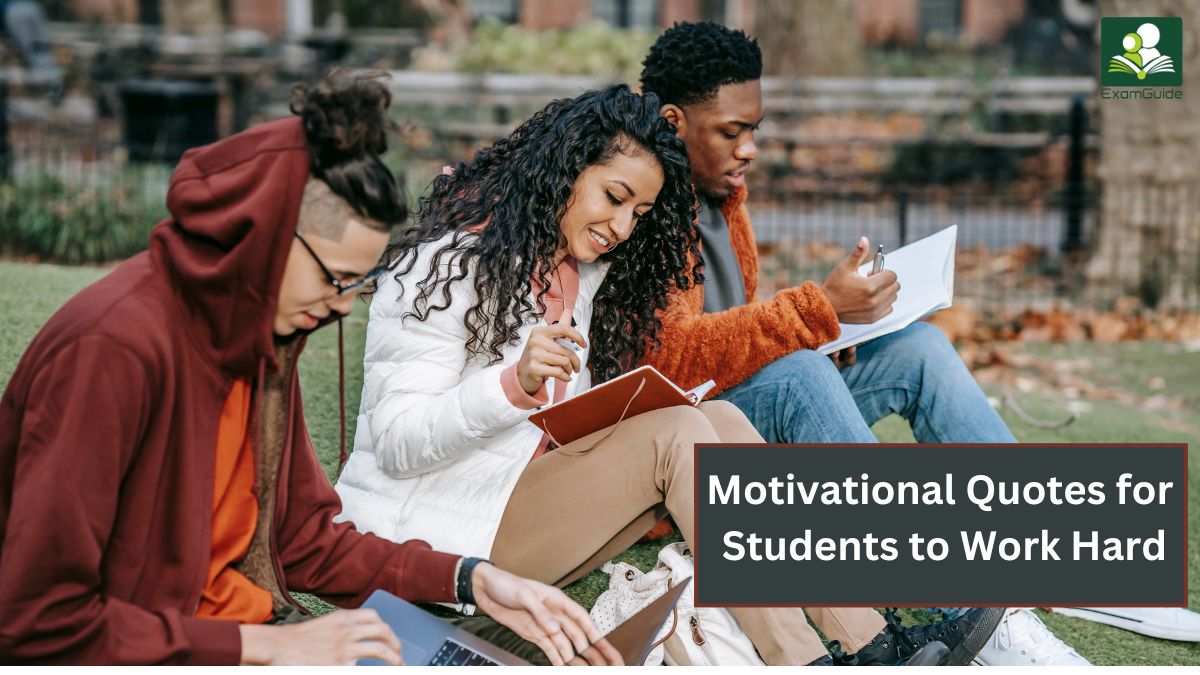
Top 20 Motivational Quotes for Students to Work Hard
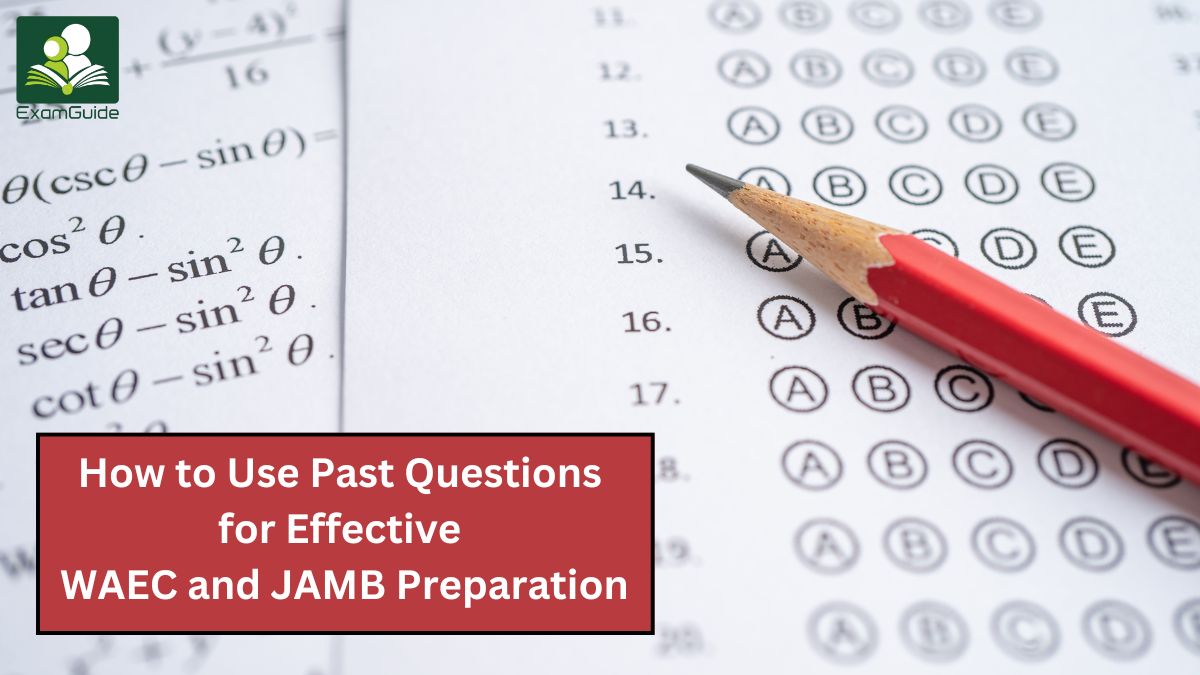
How to Use Past Questions for Effective WAEC and JAMB Preparation

How to Excel in Mathematics: Tips for Nigerian Students
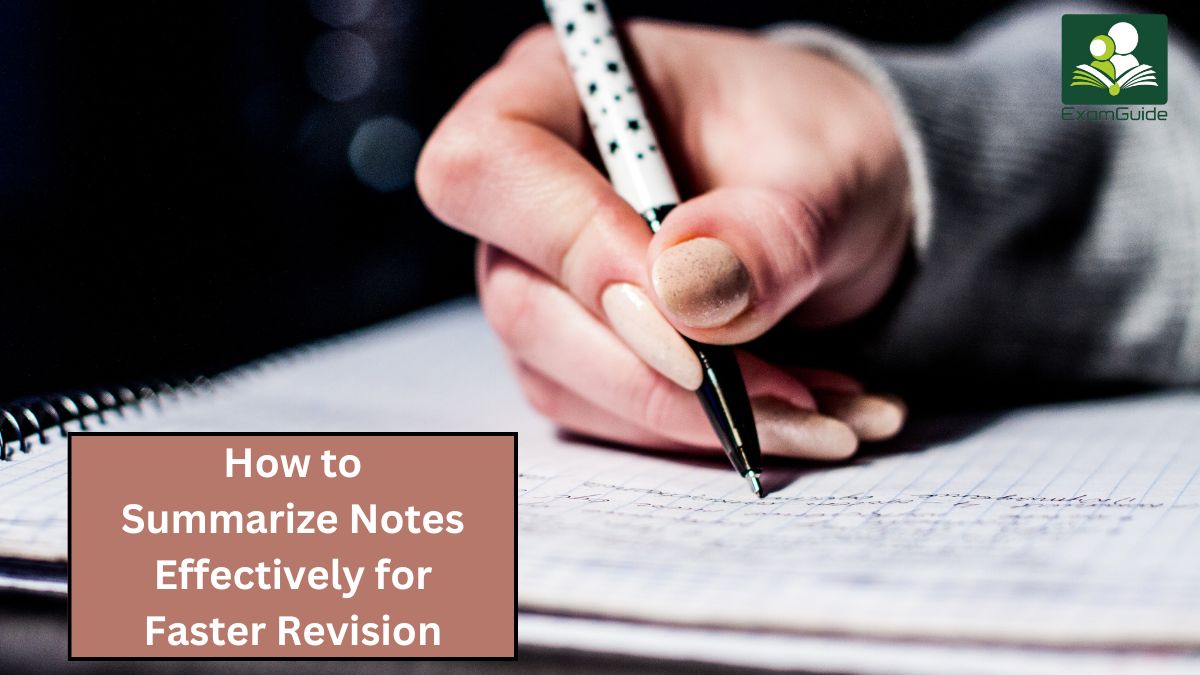
How to Summarize Notes Effectively for Faster Revision
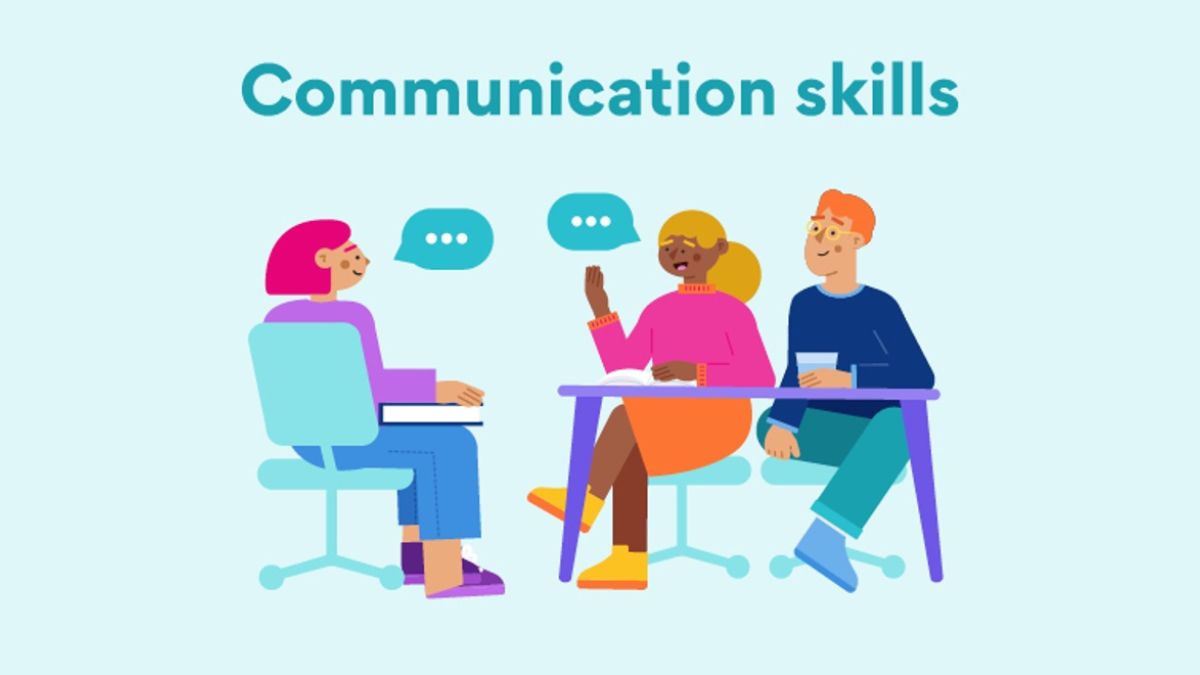
Effective Communication Skills Every Student Should Learn


